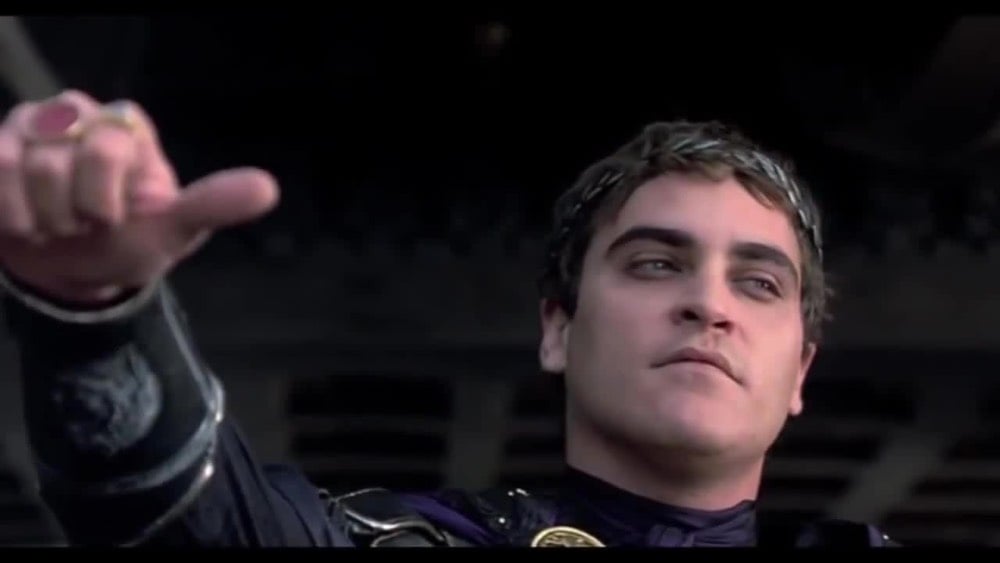How to Make a Big Decision

Steven Johnson’s new book comes out today. Farsighted: How We Make the Decisions That Matter the Most details the relatively little-known science of making choices using the personal stories of great decision-makers to illustrate this “growing multidisciplinary field of research”. Johnson calls the book “an argument for diversity, deliberation, and long-term thinking in the choices we make, both public and private”. The NY Times published a quick but meaty excerpt of the book over the weekend.
Once you have your alternatives, how are you supposed to assess them? One approach, known as scenario planning, developed by a handful of management consultants in the 1970s, involves imagining three different future environments for each alternative: Concoct one story where things get better, one where they get worse, and one where they get weird.
Storytelling is something we instinctively do anytime we are contemplating a big decision. If you’re thinking of leaving the city and moving to the suburbs, you tell a story of family hikes through the trails behind your house, and better public schools, and a garden that you can tend in your backyard. The difference with formal scenario planning is twofold: First, we rarely take the time to do a deep analysis of all the forces that shape that story; and second, we rarely bother to construct multiple stories. How does the story unfold if your children don’t like their new classmates, or if one part of the family loves the new lifestyle but the other is homesick for the old friends and vitality of city life?
The psychologist Gary Klein has developed a variation on this technique. He calls it a “premortem.” As the name suggests, the approach is a twist on the medical procedure of post-mortem analysis. In a post-mortem, the subject is dead, and the coroner’s job is to figure out the cause of death. In a premortem, the sequence is reversed: “Our exercise,” Dr. Klein explains, “is to ask planners to imagine that it is months into the future and that their plan has been carried out. And it has failed. That is all they know; they have to explain why they think it failed.”
This is where my anxiety and tendency to overthink things really comes in handy1…when considering big decisions, I am constantly premorteming.
If you’re interested in how you can begin to see “undesirable” behaviors like anxiety in a new light, I recommend reading The Antidote: Happiness for People Who Can’t Stand Positive Thinking.↩





Stay Connected